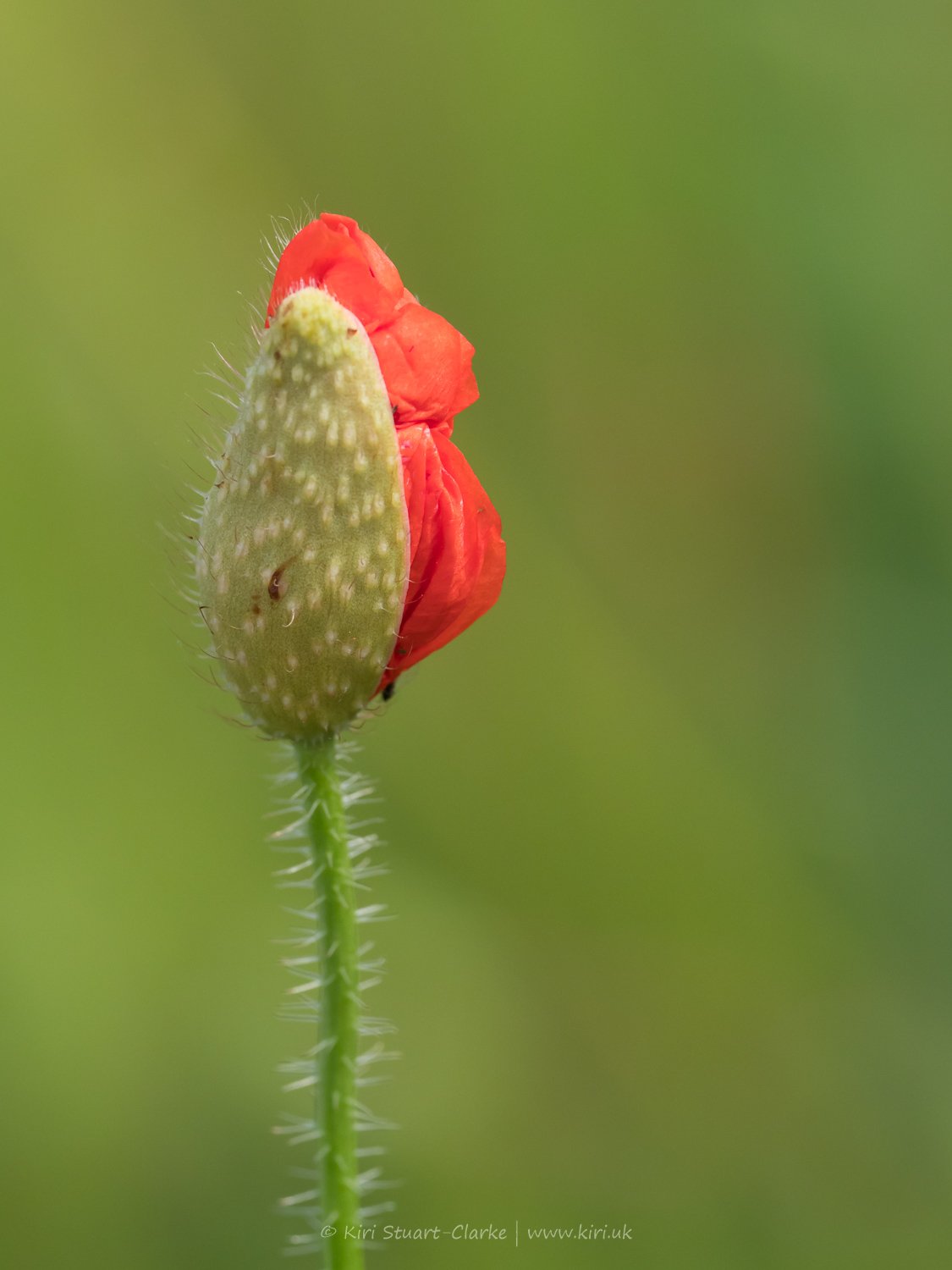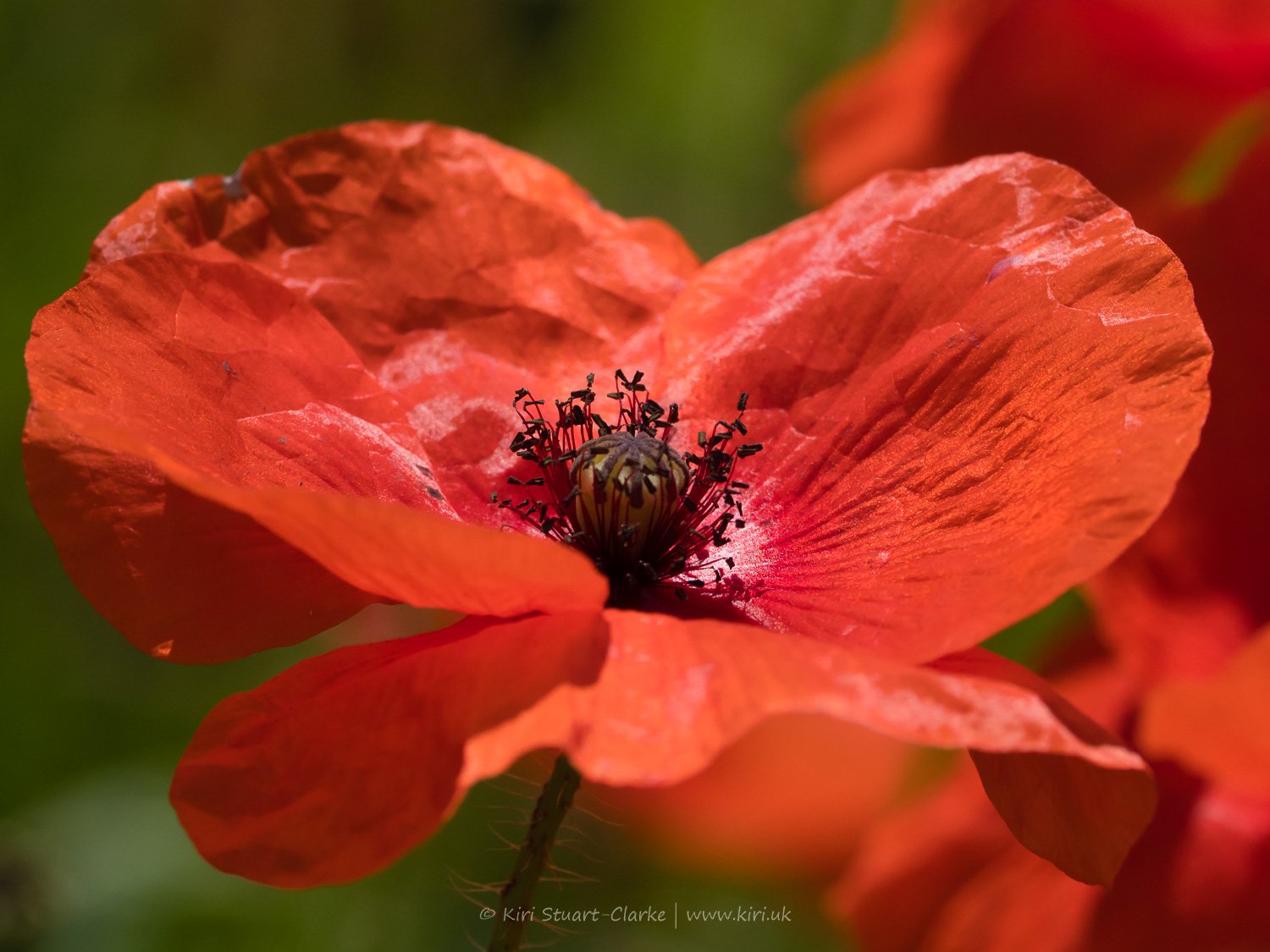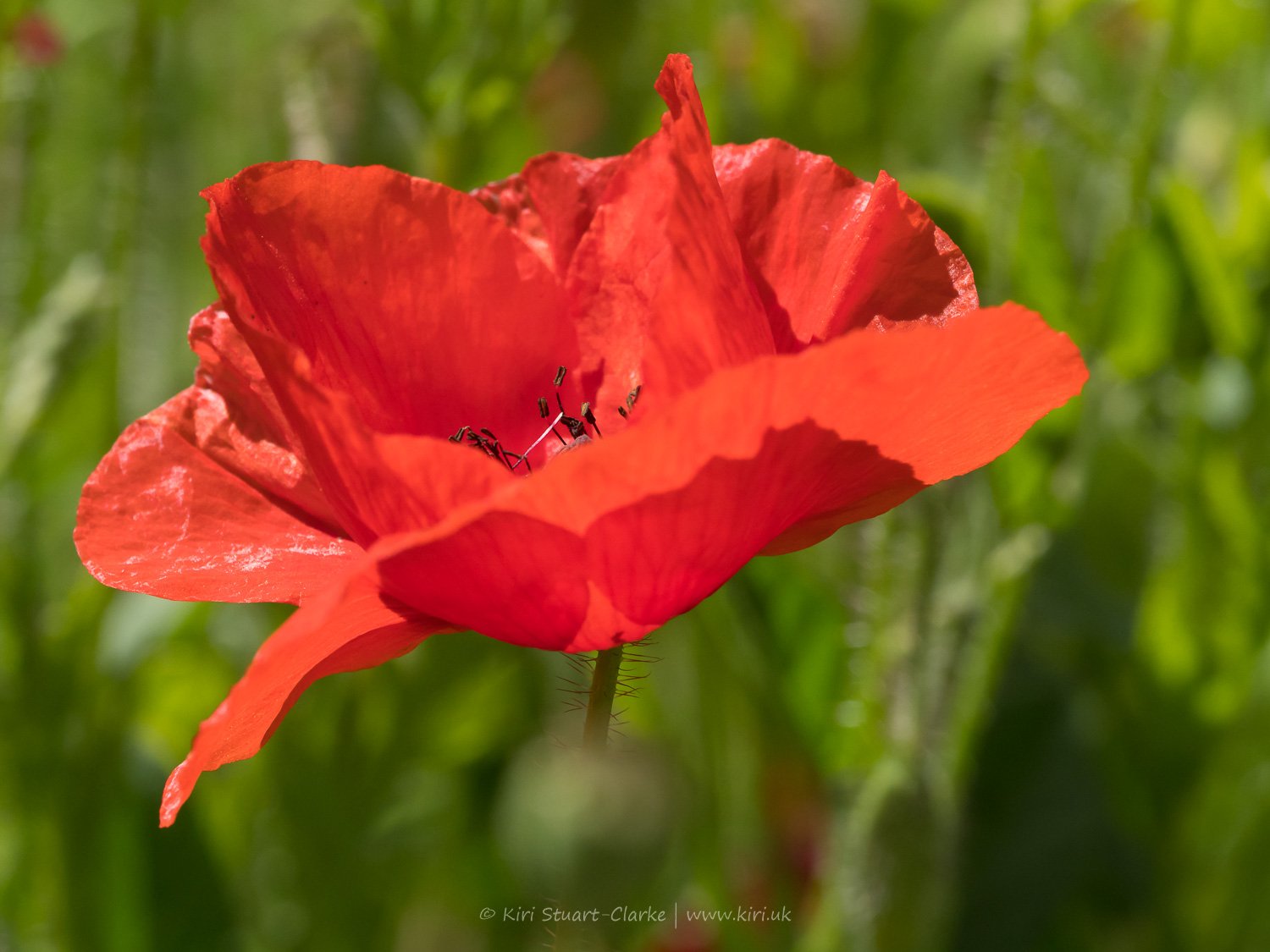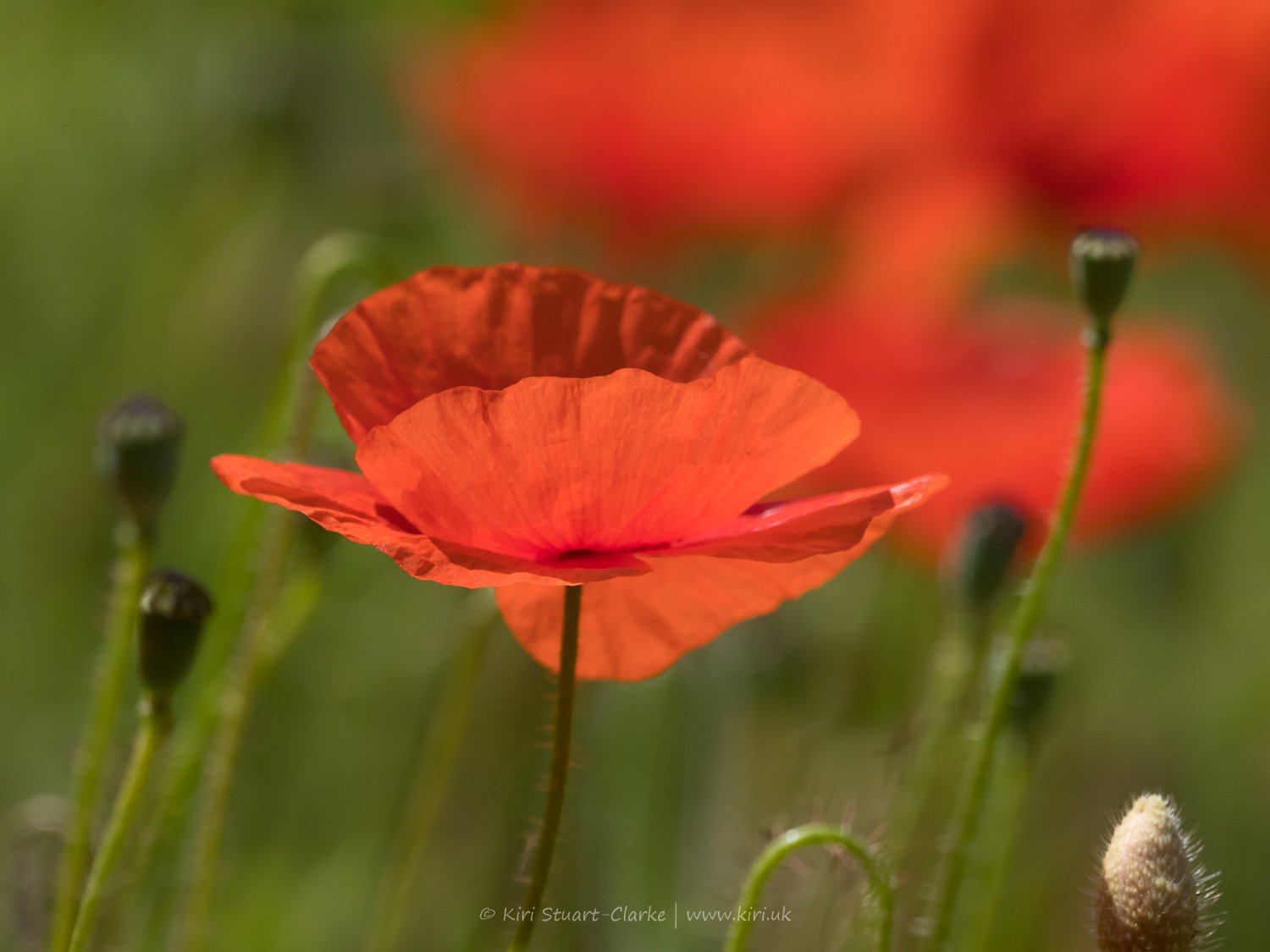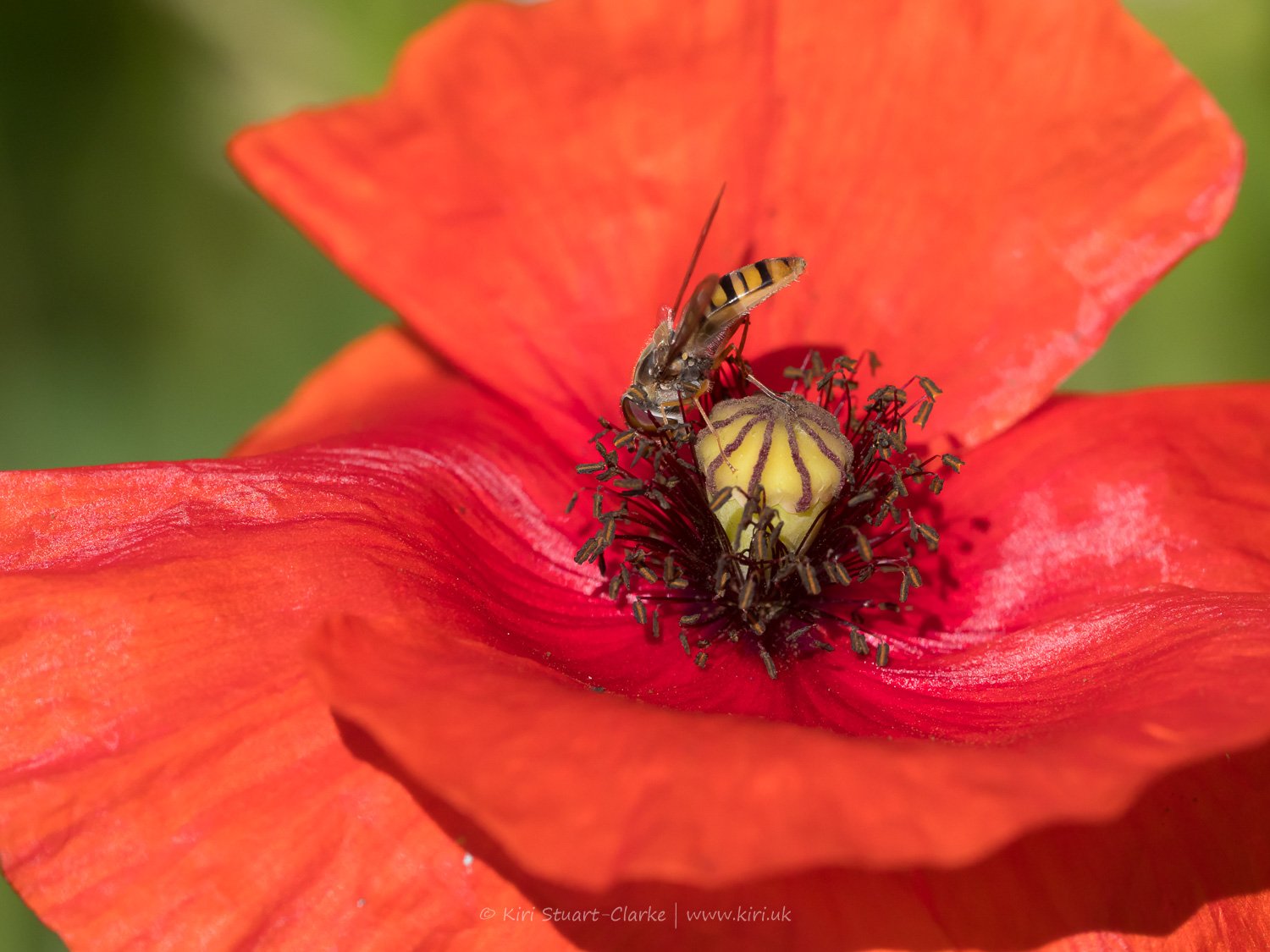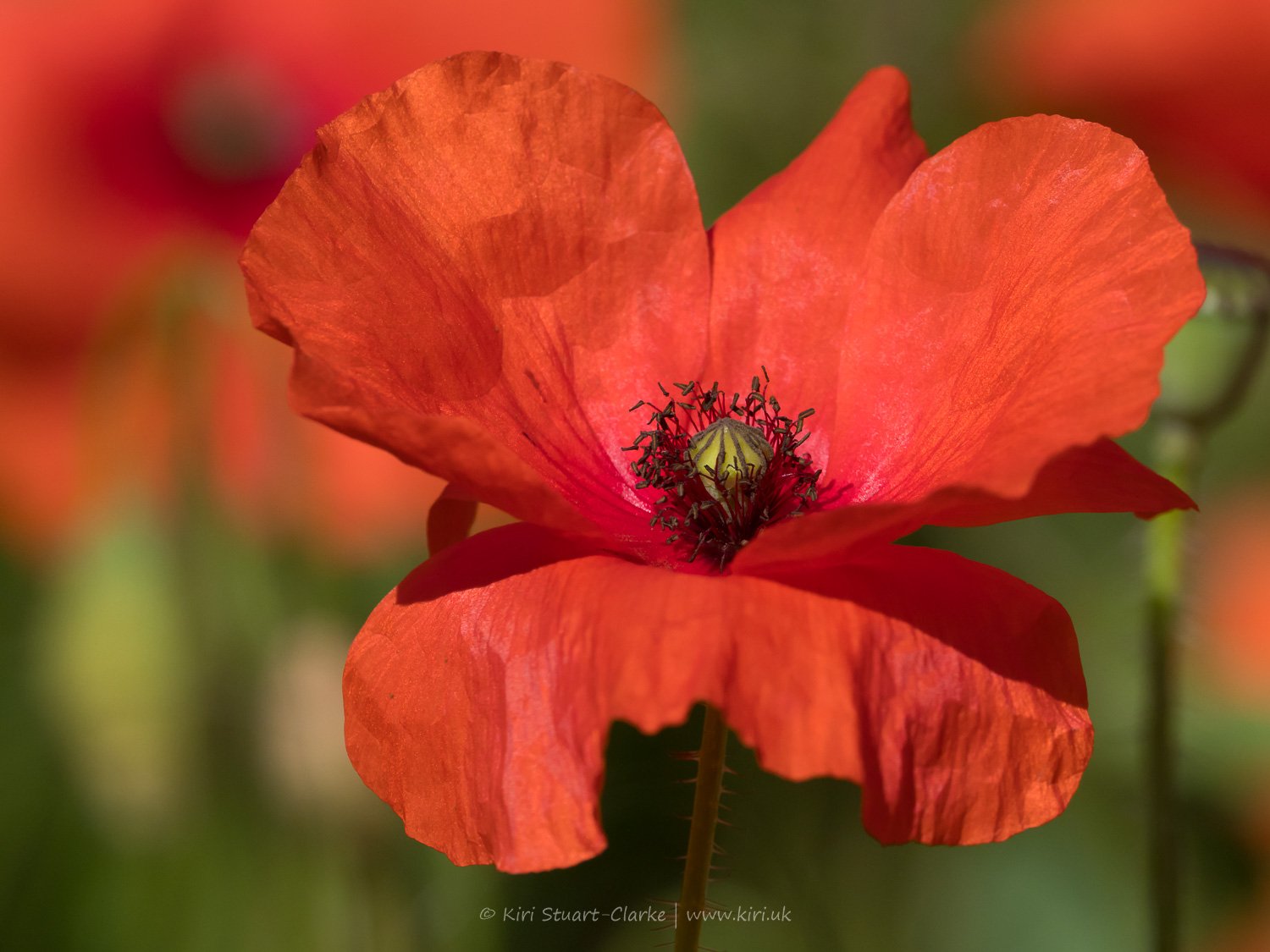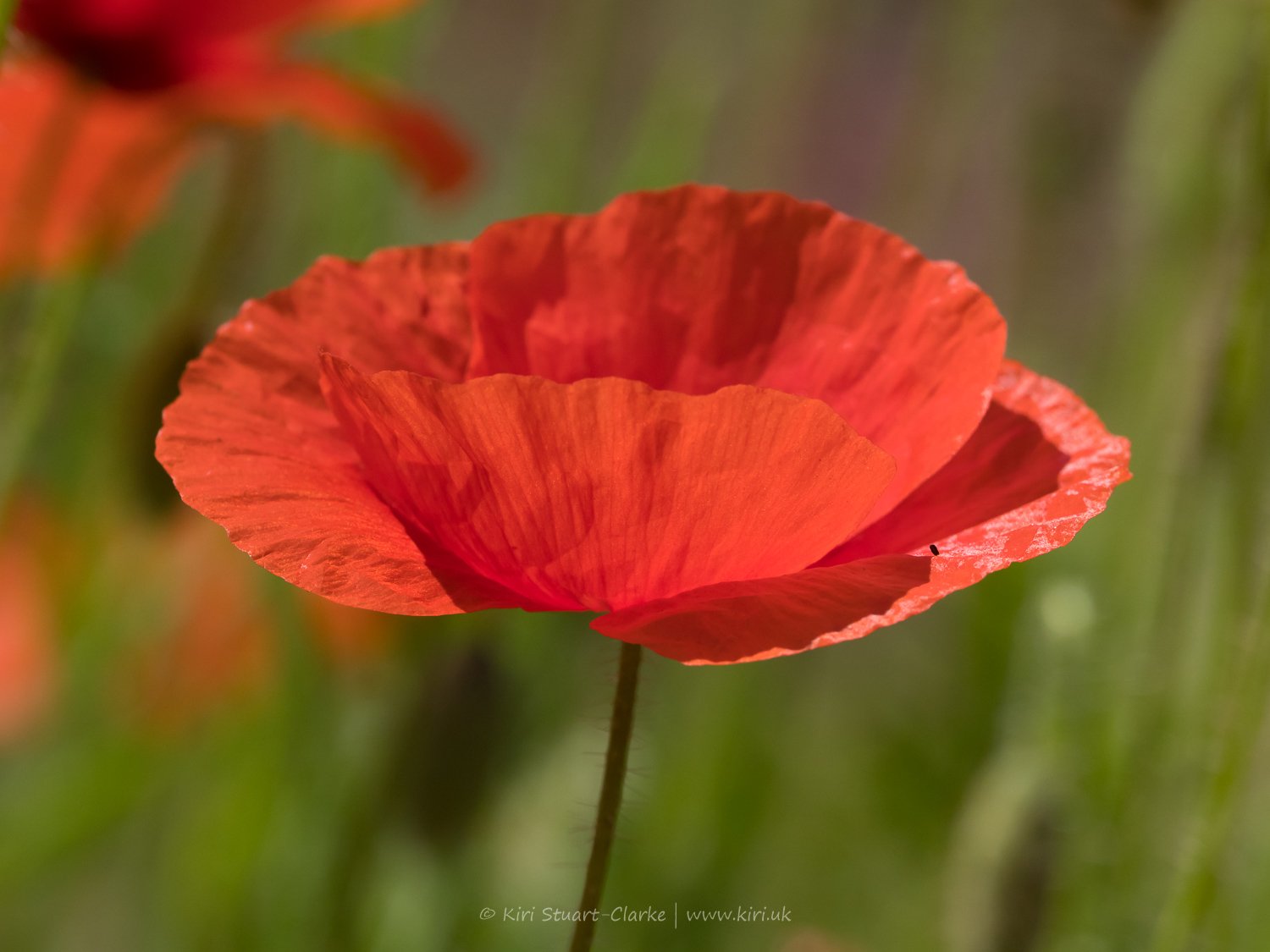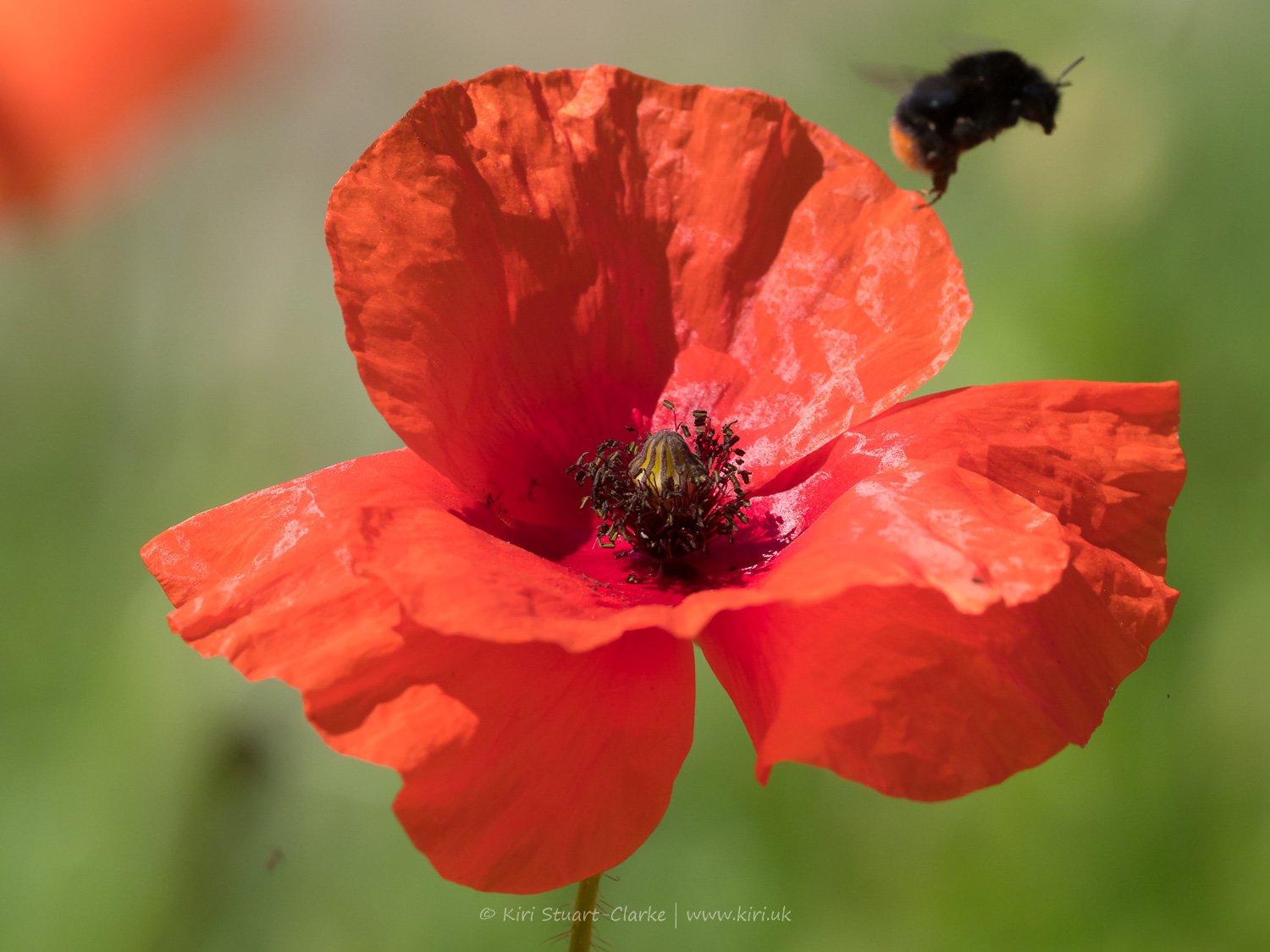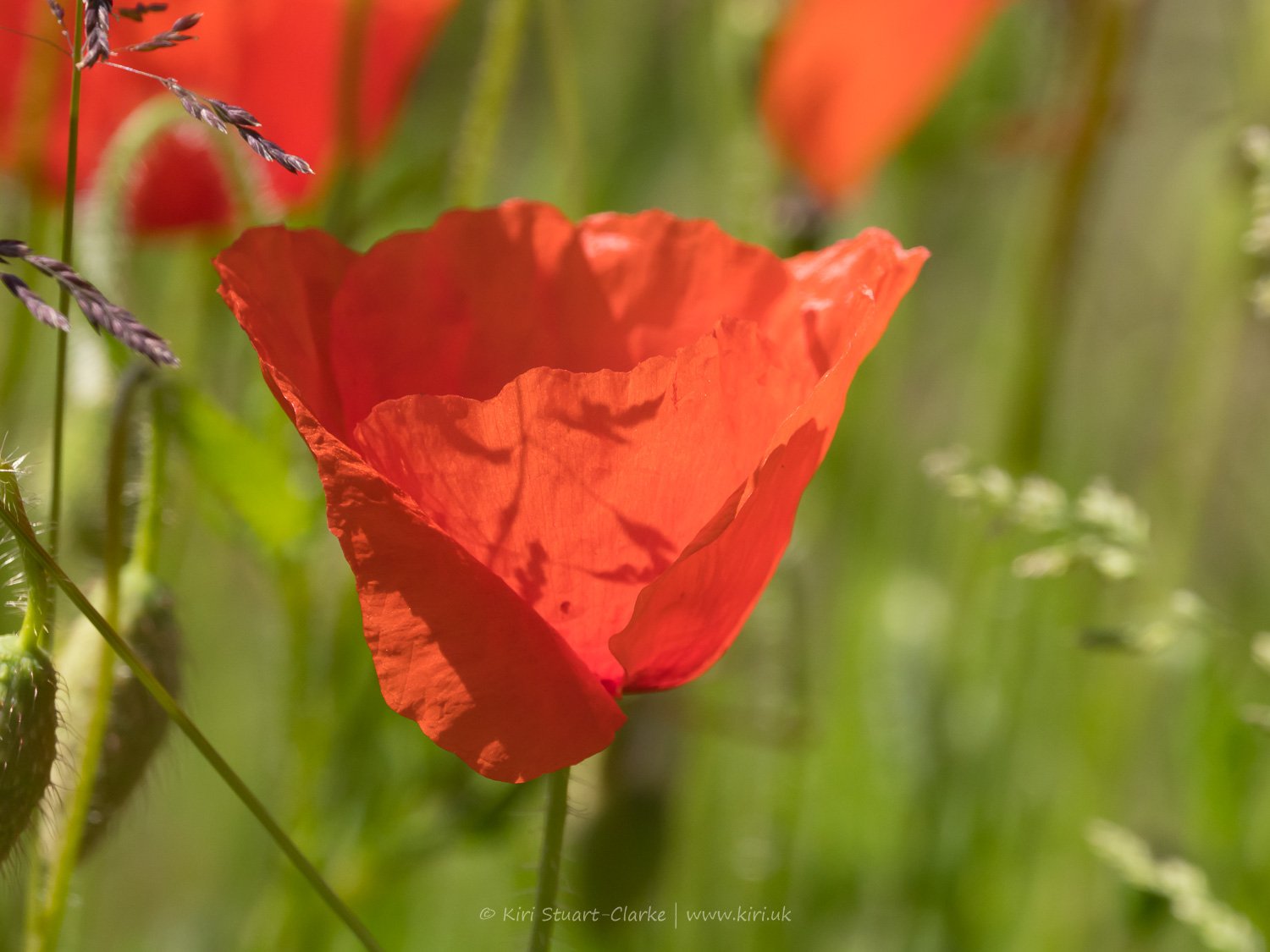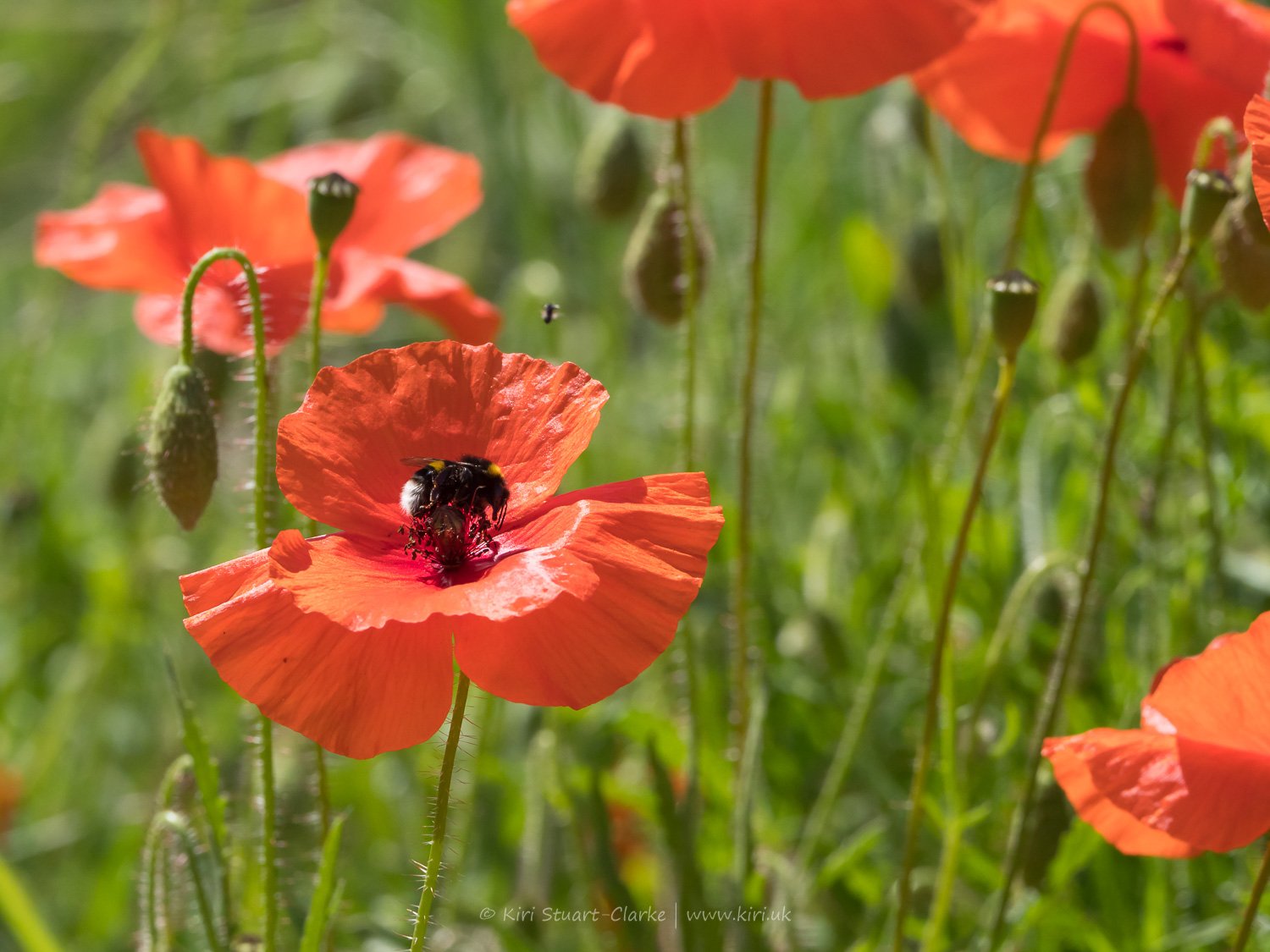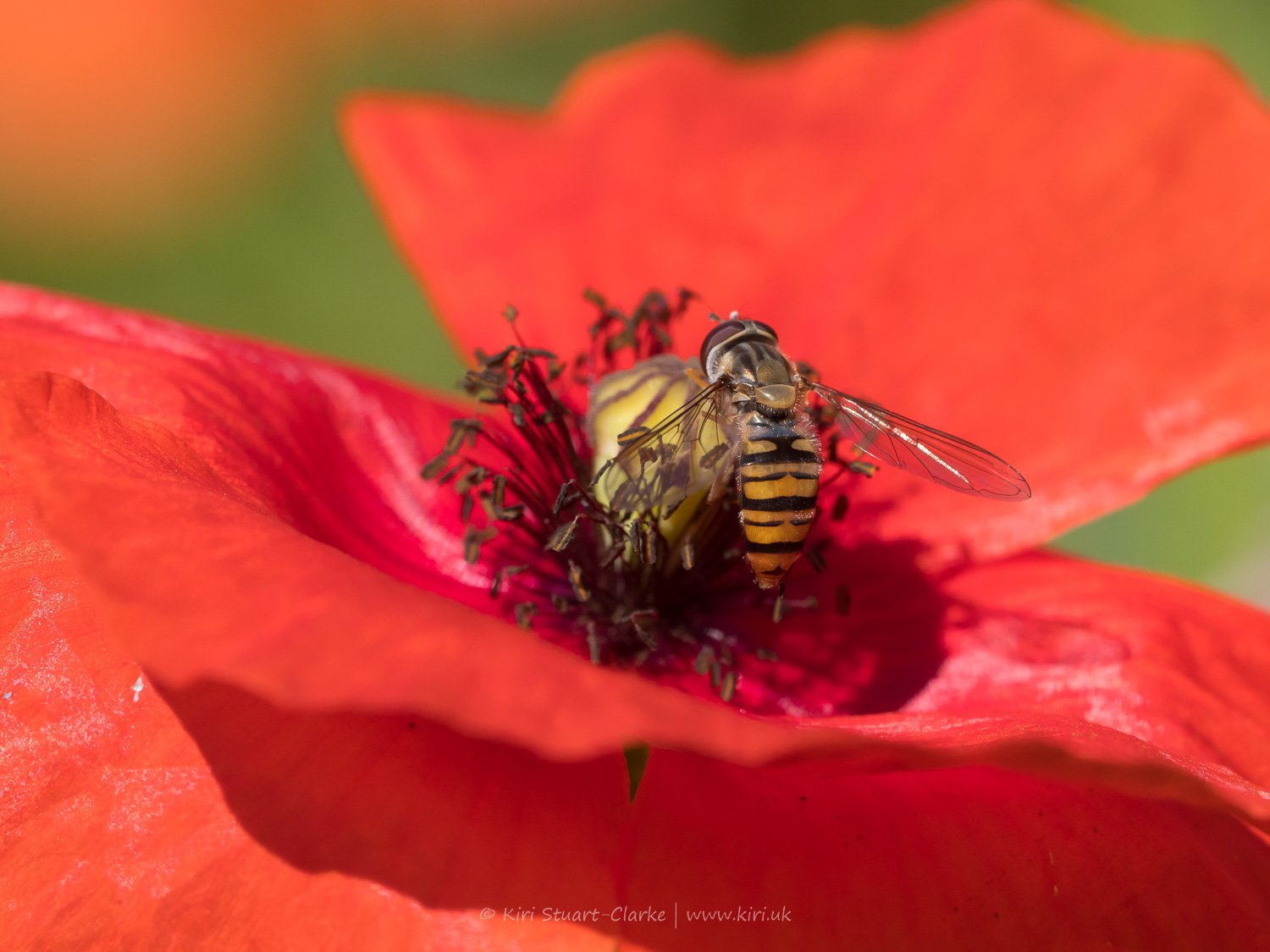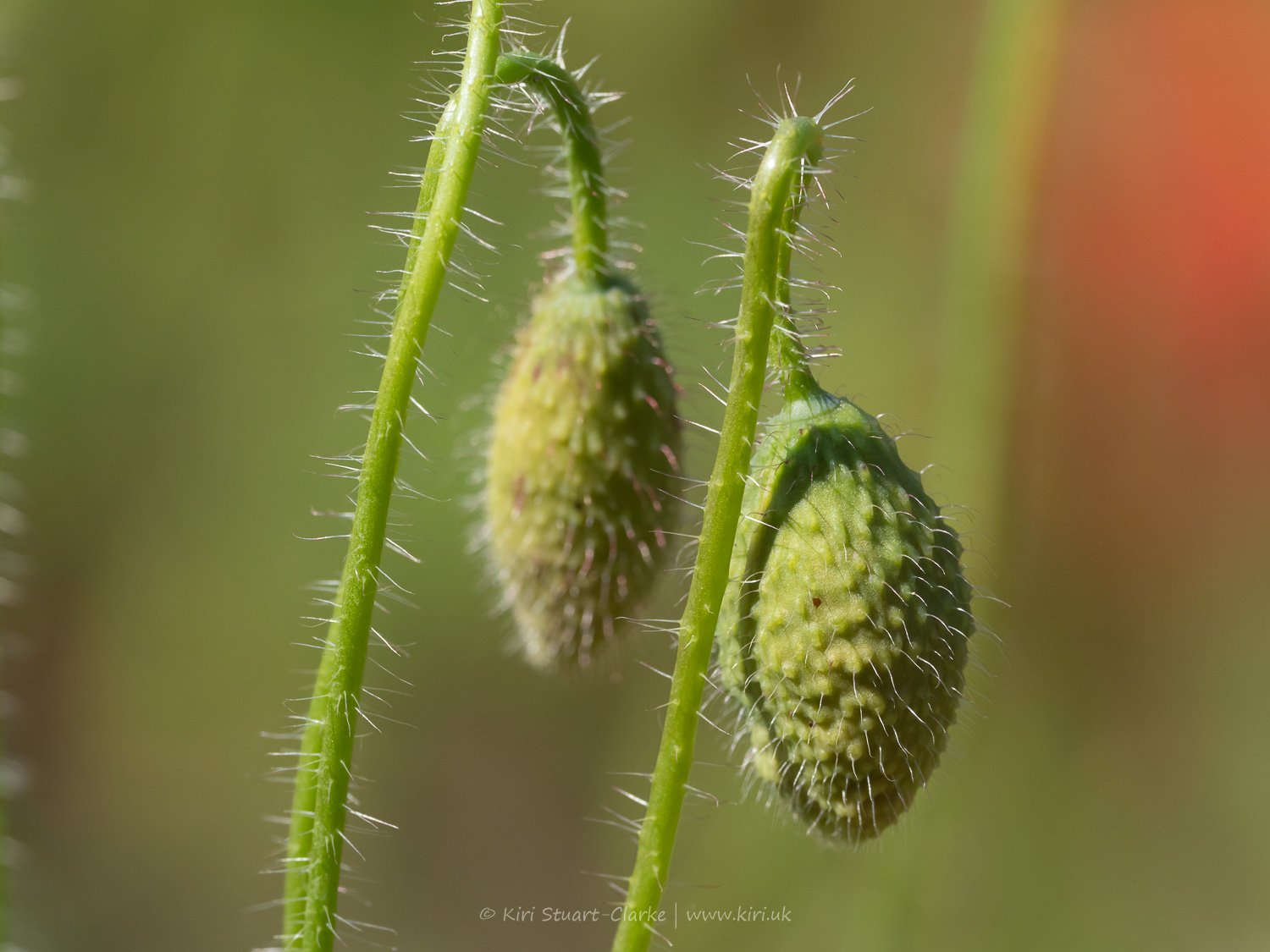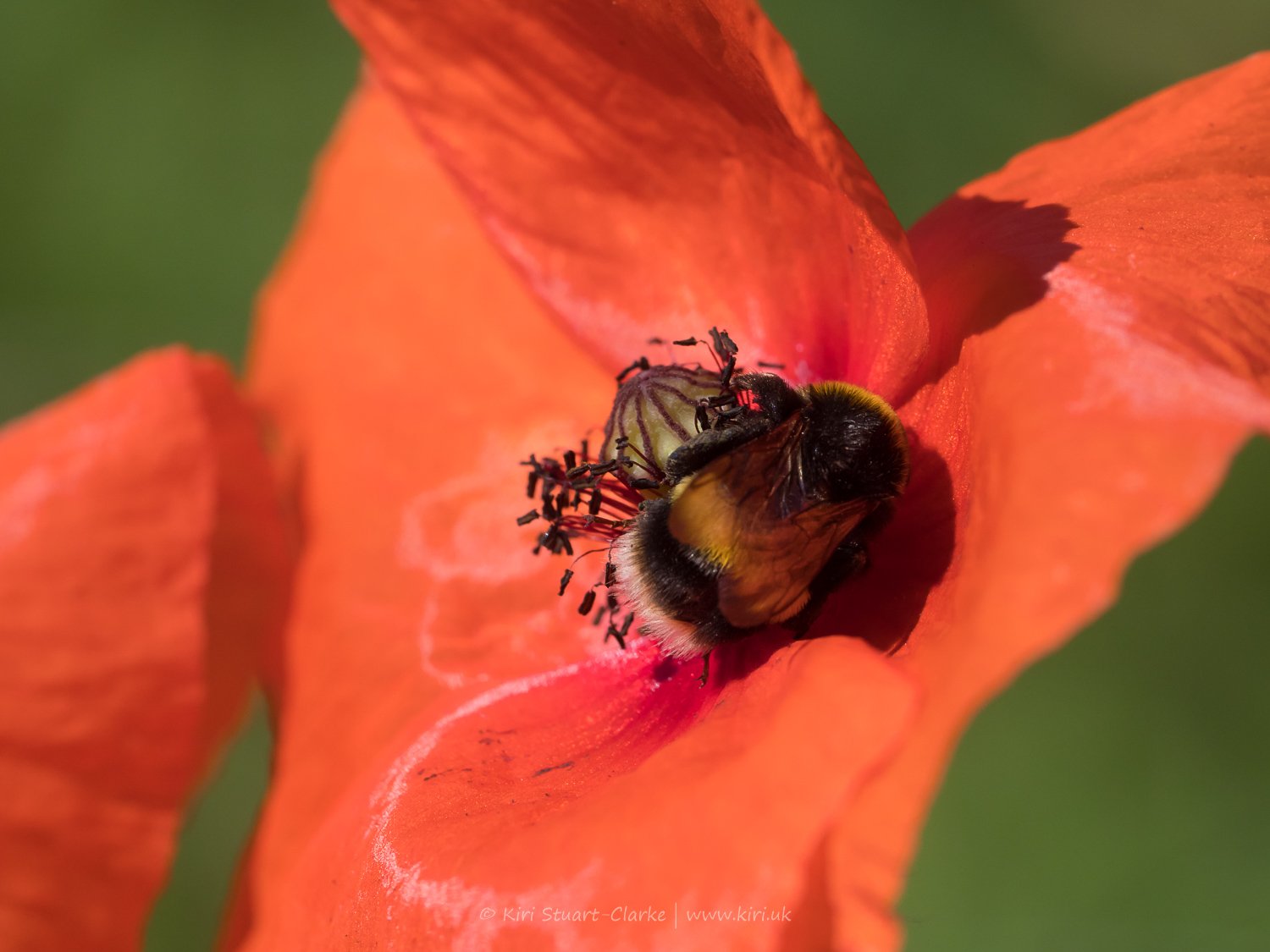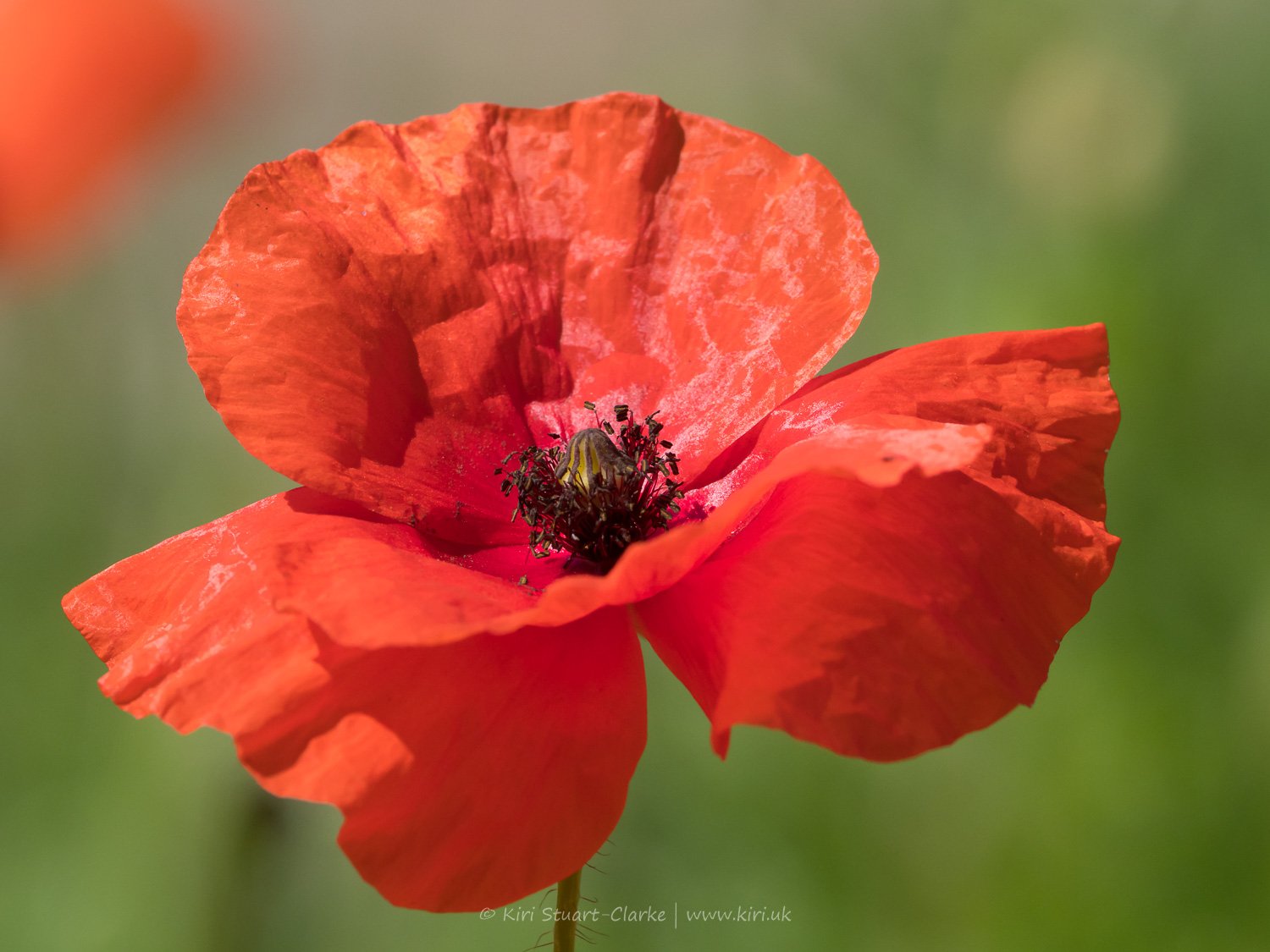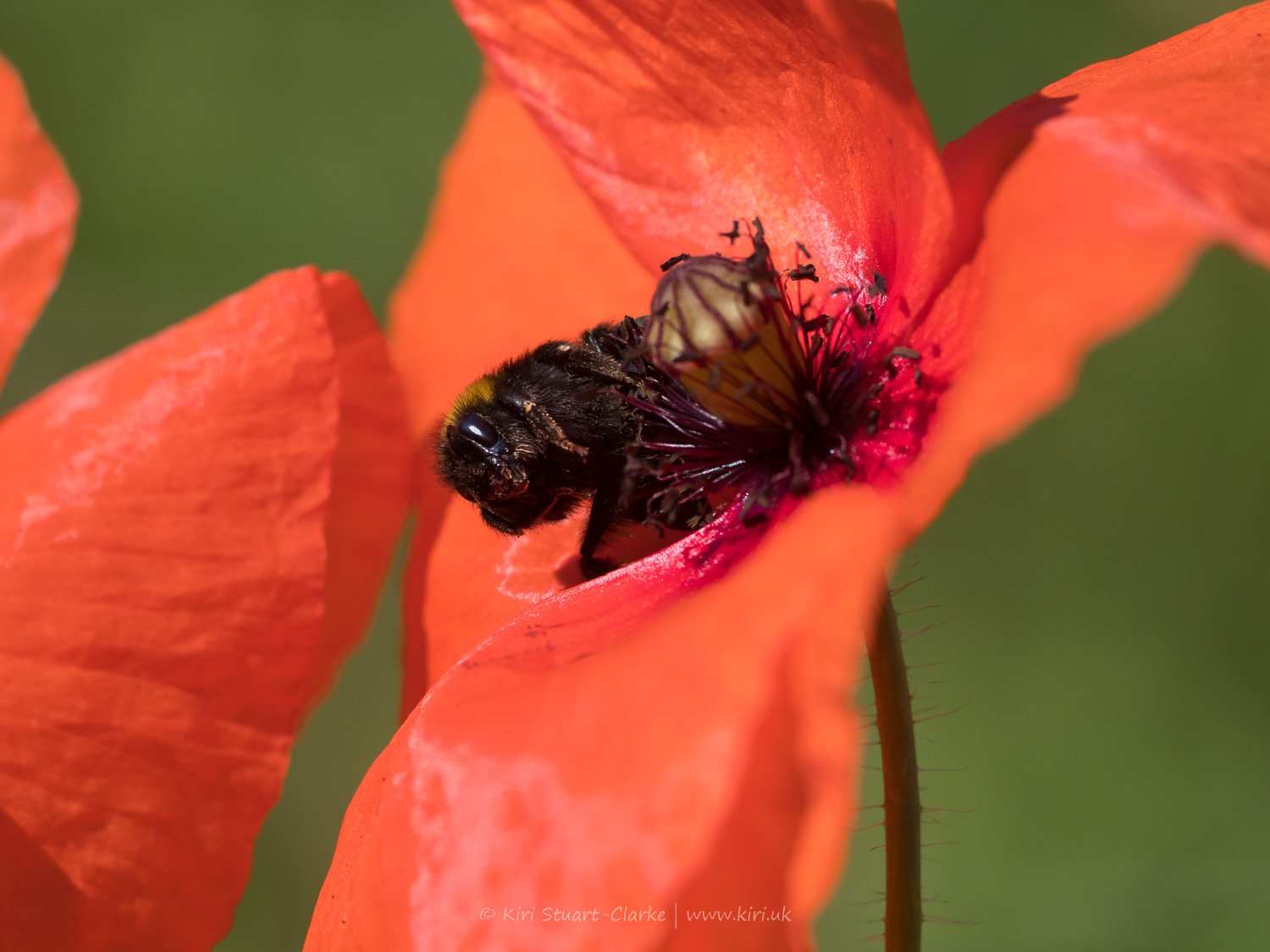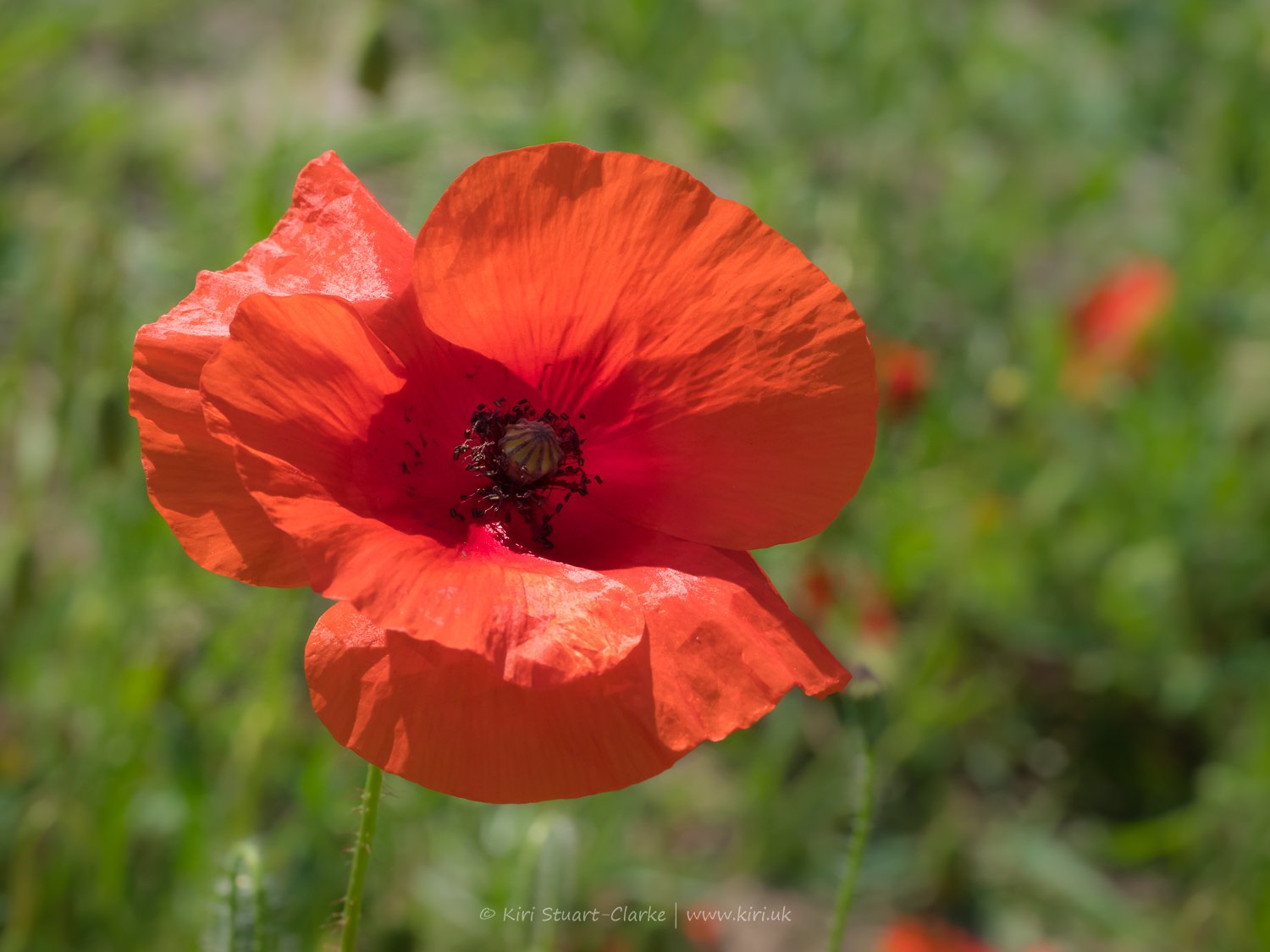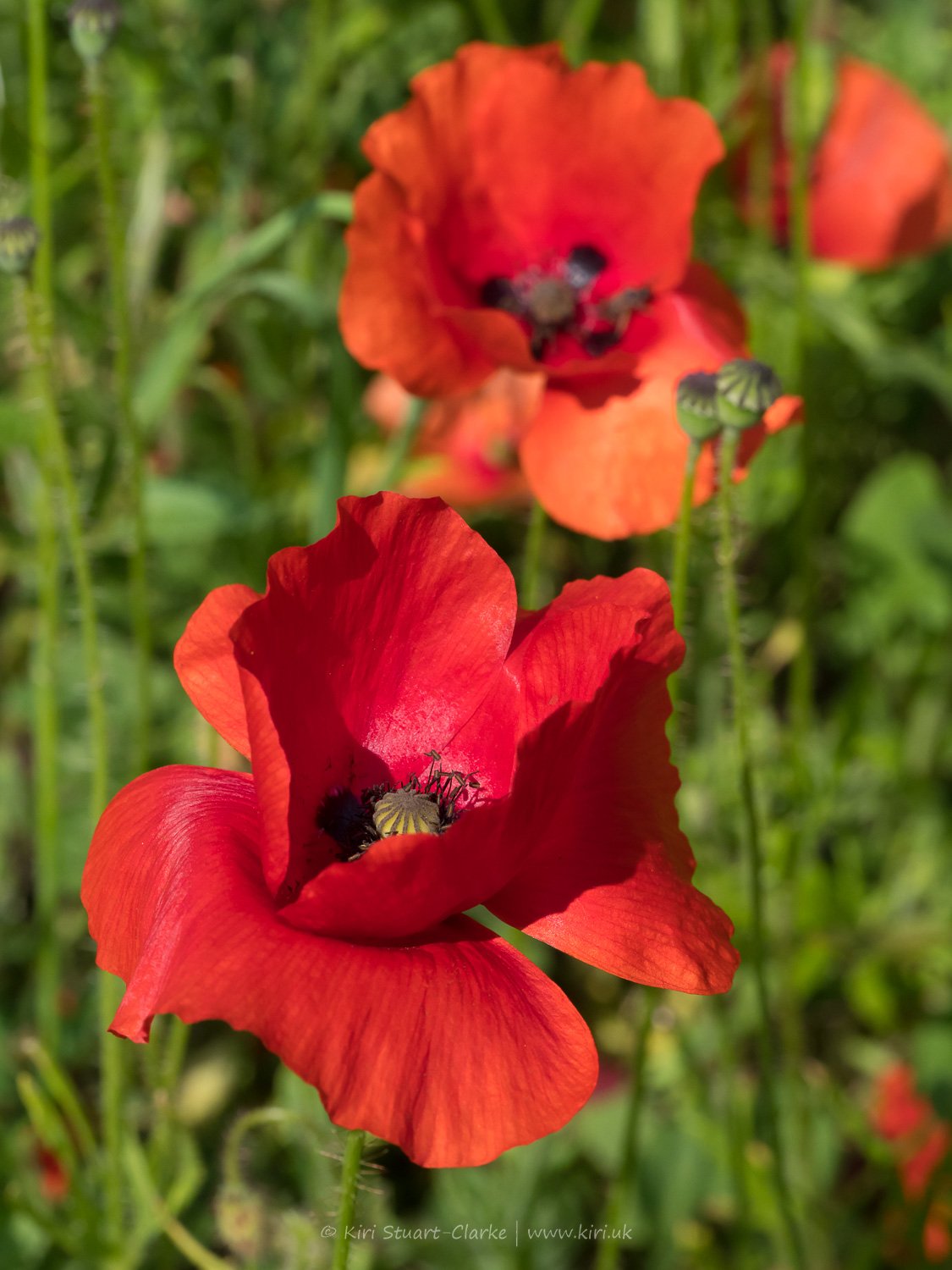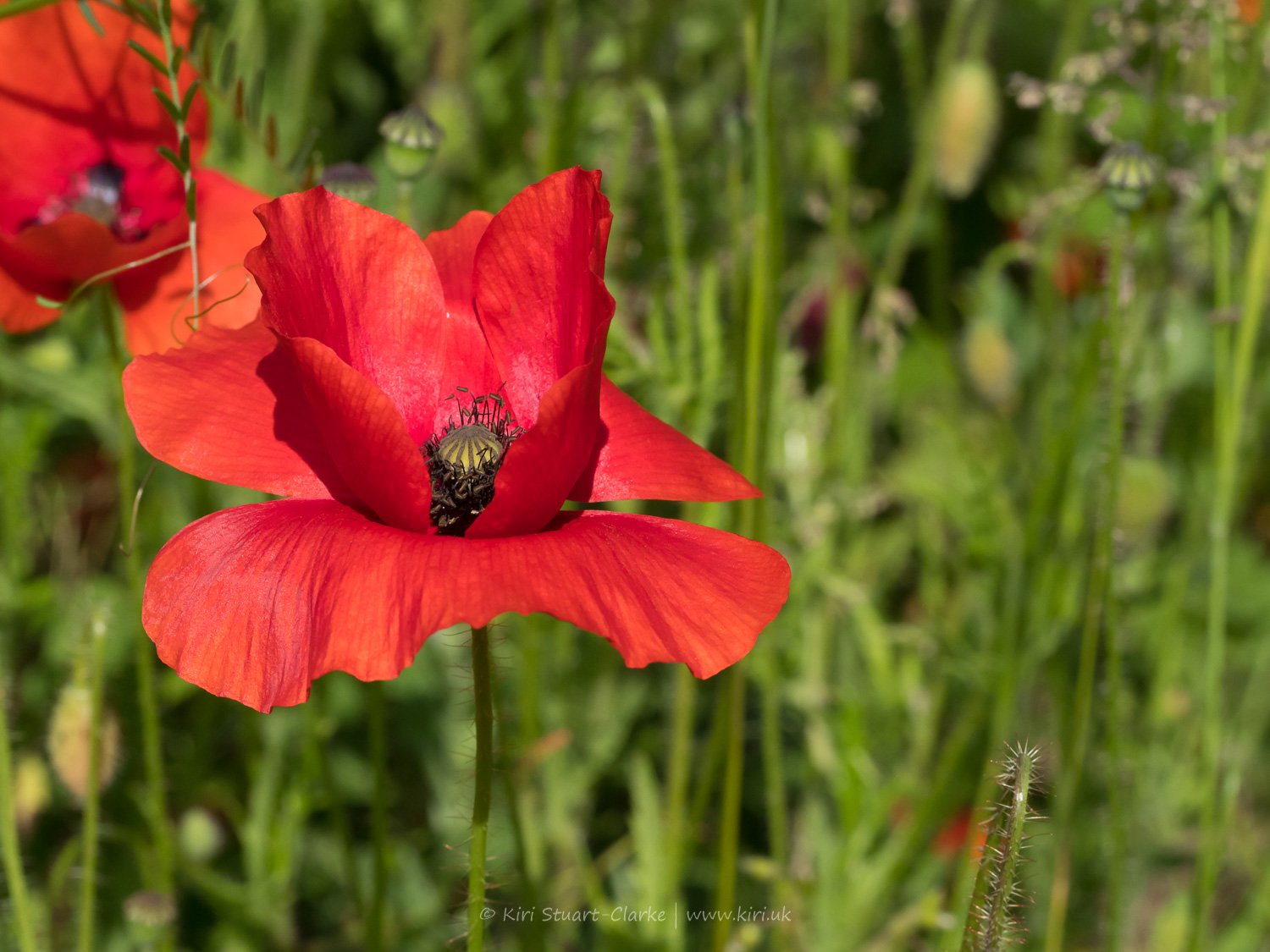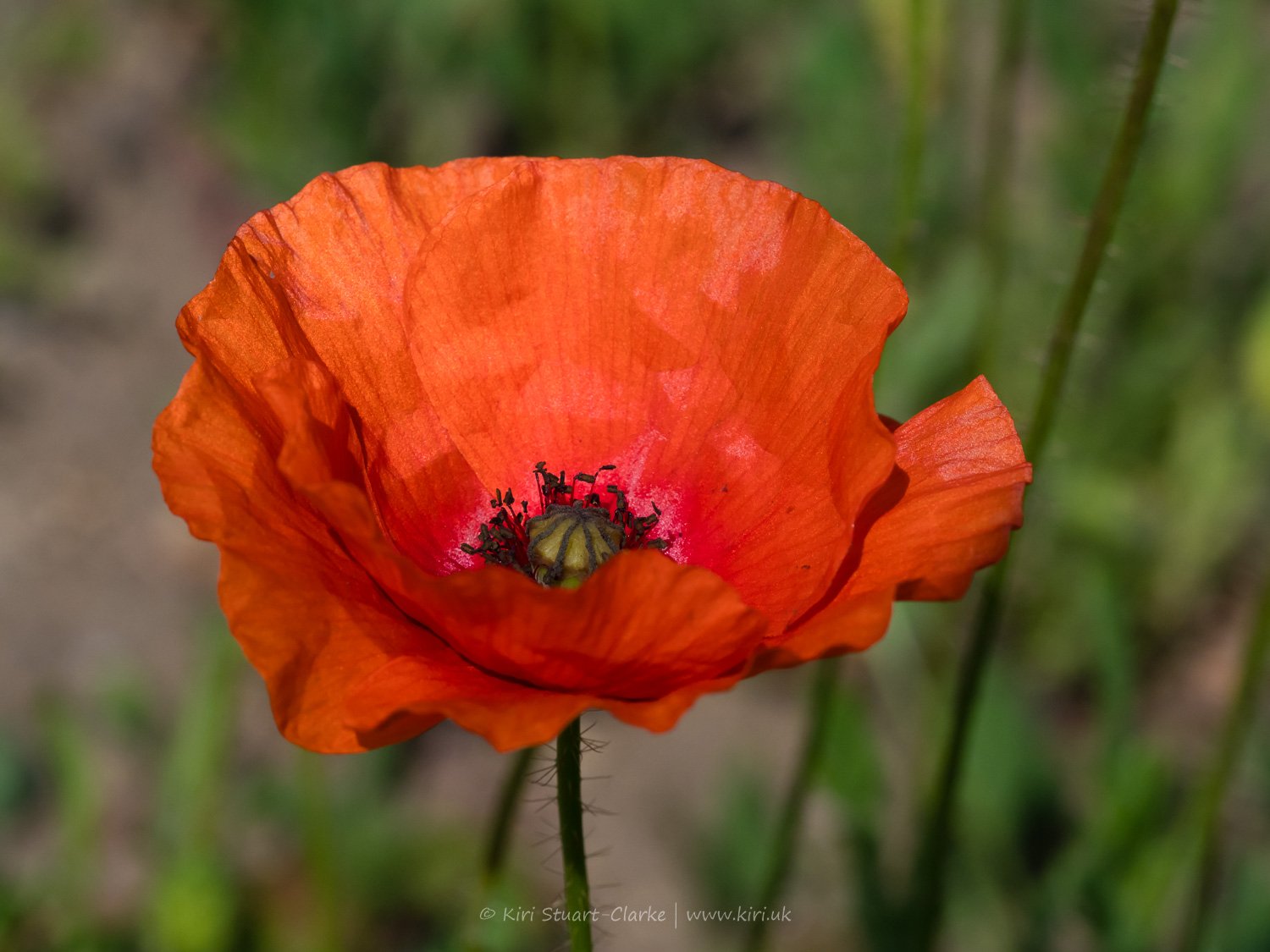A member of the Borage plant family Boraginaceae, Viper's-bugloss is renowned for having a high wildlife value due to its flower's rapid nectar refill rate. This makes it a magnet for numerous species of bees, hoverflies, butterflies and other insects, which will revisit it at regular intervals throughout the day. It is also a caterpillar host plant for the glamorous Painted Lady butterfly and Golden Twin-spot moth.
A tough, bristly and flamboyant biennial, Viper's-bugloss is commonly found in dry chalky grassland and heaths and along coastal cliffs and sand dunes. I first saw this striking plant growing in the wild locally in 2015. It was at Kelling Heath, a lowland heath reserve not far from the North Norfolk coast, and I'd been on a foray to see the diminutive Silver-studded blue butterflies resident on the nature reserve.
I was returning to the car park after a successful mission when I spotted it and recognised the tall flower spike heavy with lilac blue flowers at first glance, even though I'd never seen one before. The bell-shaped open-rimmed flowers had vivid pink trailing stamens, and was besieged by a host of argumentative bees, butterflies and other insects all competing for the rich nectar source.
Like most native wildflowers, Viper's-bugloss is embedded in traditional herblore, with around a dozen common names in existence, many of which, like Adderwort, Snake flower or Viper's herb, contain serpentine references.
The precise origins of its common name are unclear, possibly relating to the snake's-head form of the seed pods mentioned by 17th Century herbalist Nicholas Culpeper, “After the flowers are fallen, the seeds growing to be ripe, are blackish, cornered and pointed somewhat like the head of a viper.” Other theories include a comparison of the mottled leaves to snakeskin, or perhaps an allusion to the bite-like irritation caused by contact with the plants sharp bristles or its poisonous characteristics when ingested.
